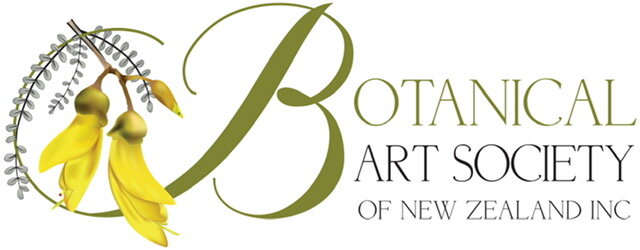Canterbury Plains Florilegium
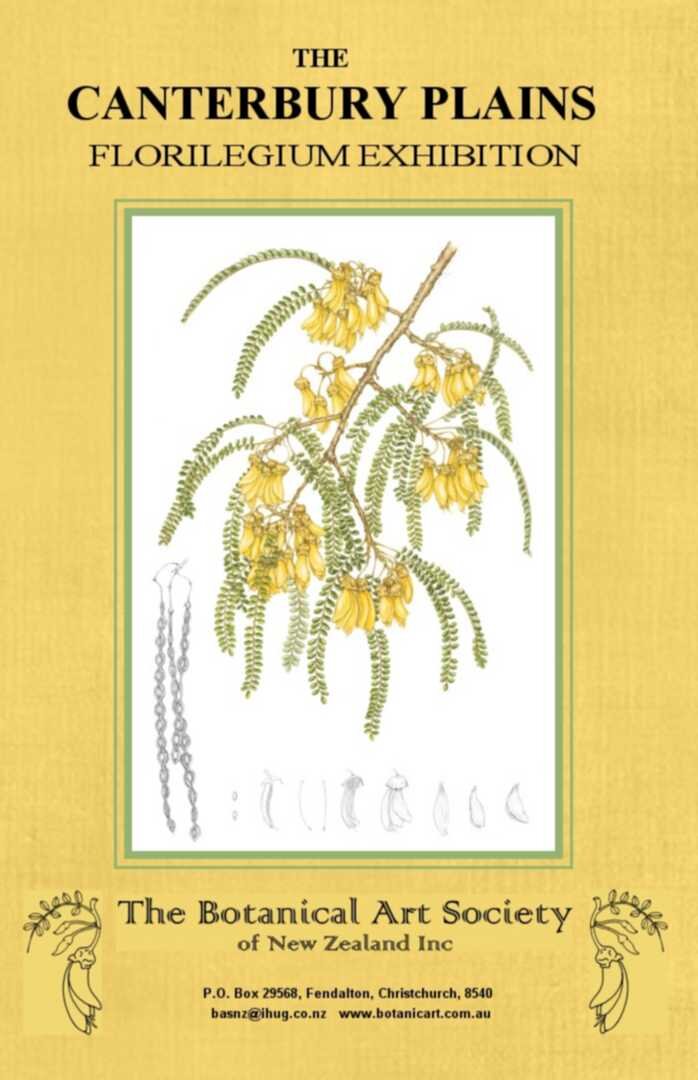
Cover of exhibition catalogue - artwork by Jo Ogier

Helen-Nutt---Clematis-paniculata
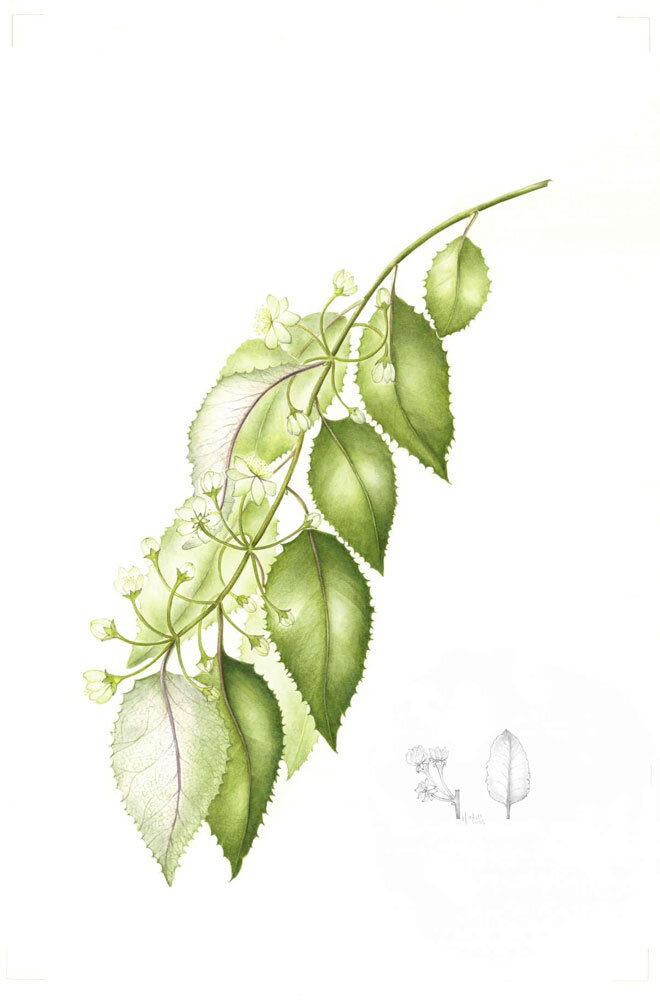
Helen-Nutt---Hoheria-populnea
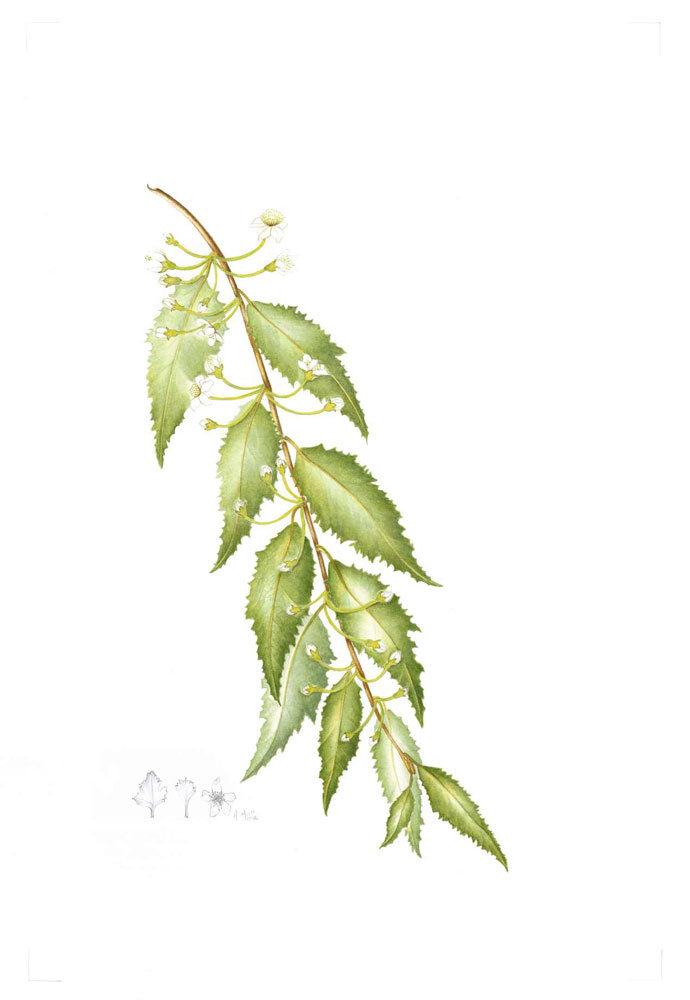
Helen-Nutt---Hoheria-sexstylosa
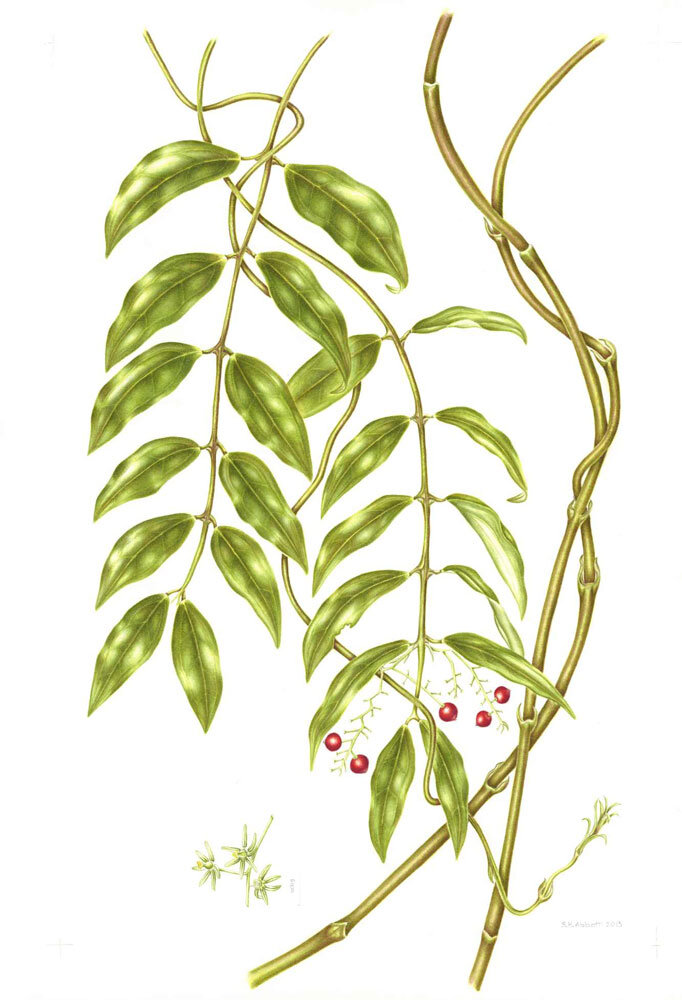
Suzy-Abbott---Ripogonum-scandens
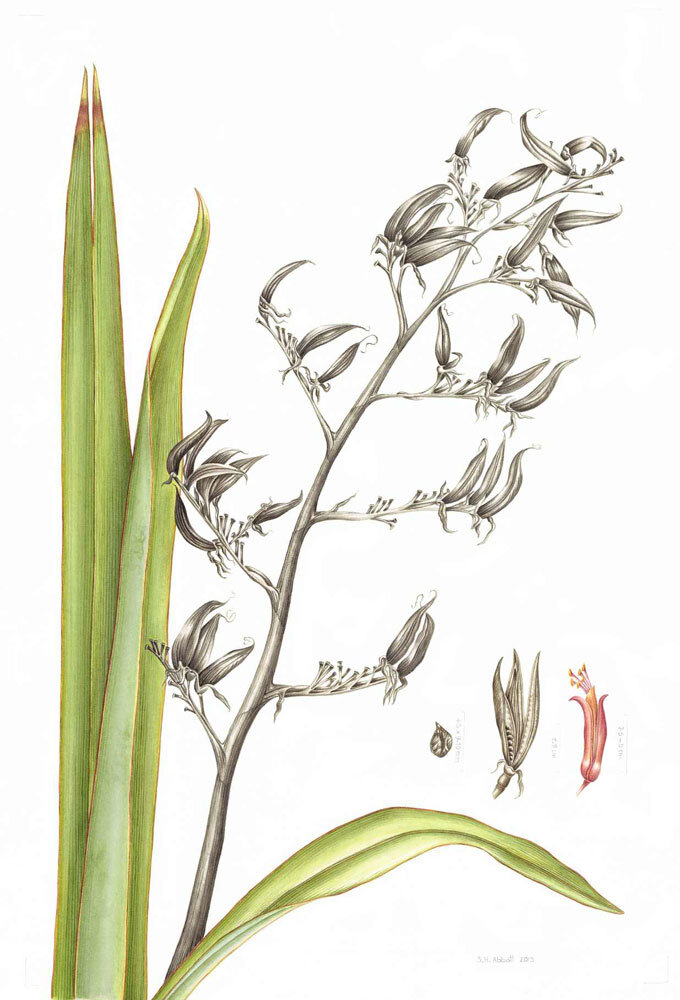
Suzy-Abbott---Phormium-tenax
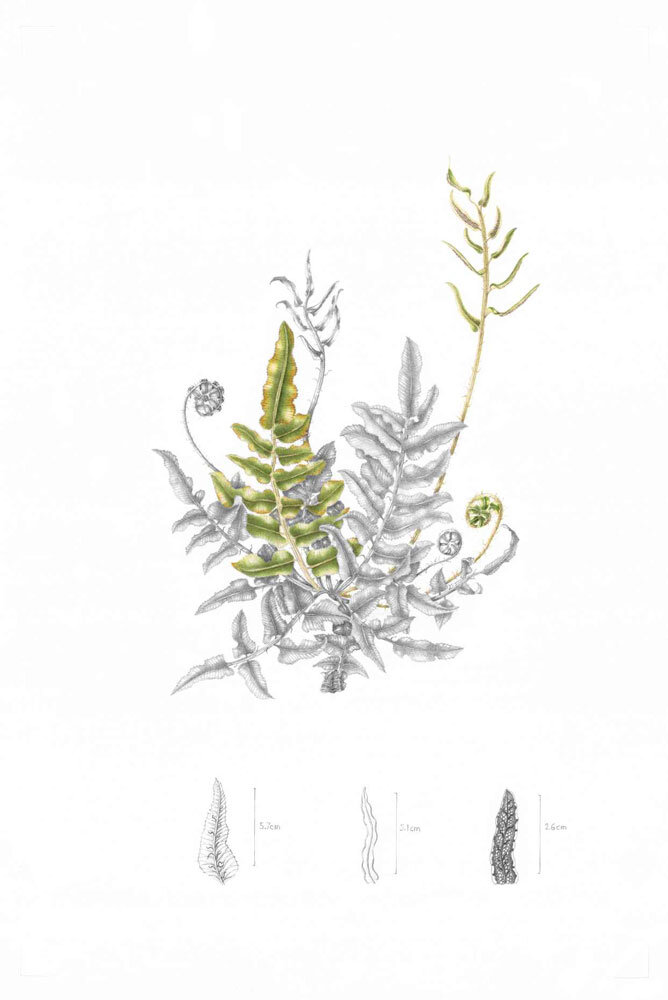
Tina-Grey---Blechnum-minus
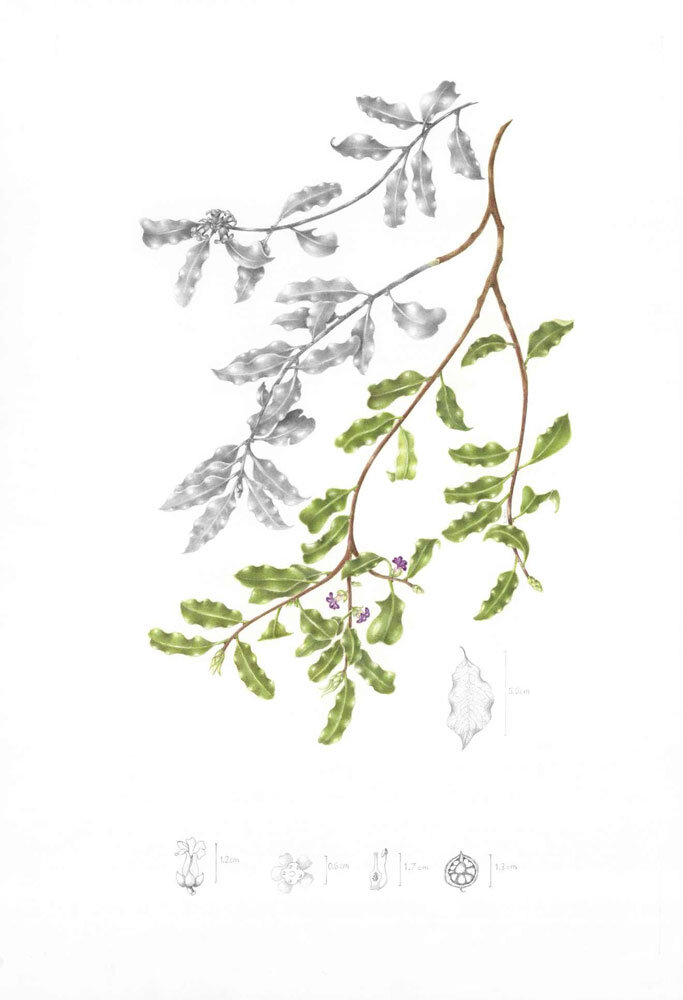
Tina-Grey---Pittosporum-tenuifolium
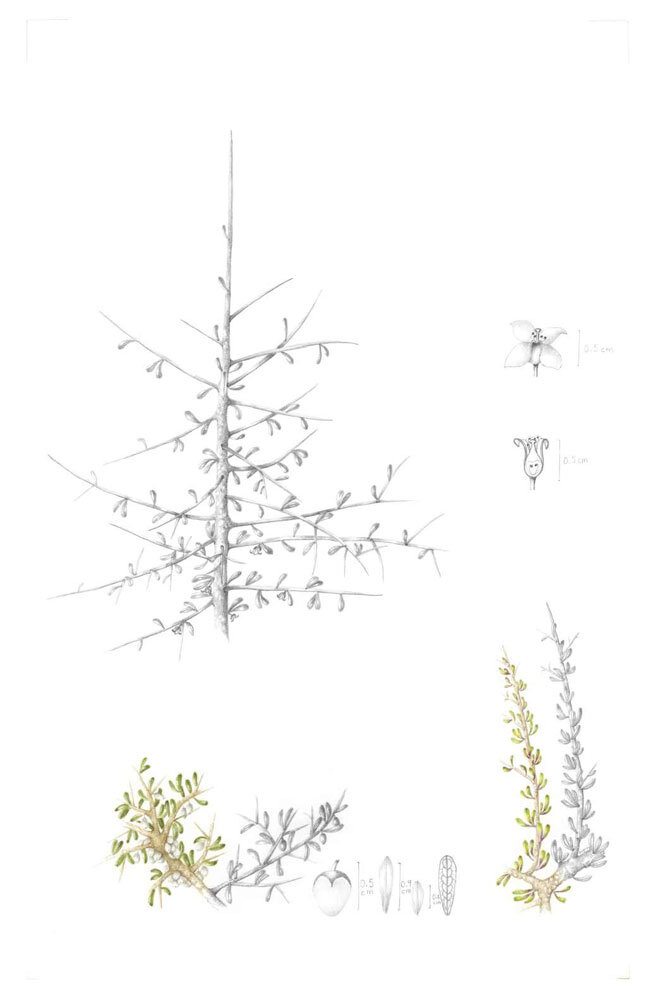
Tina-Grey---Melicytus-alpinus
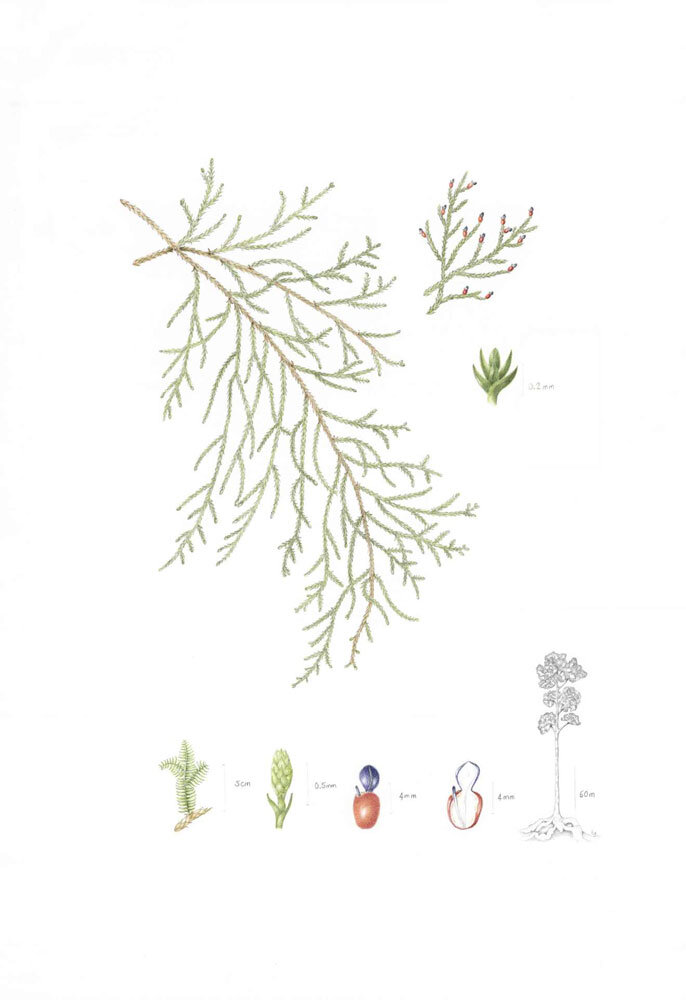
Tina-Grey---Dacrycapus-dacrydioides
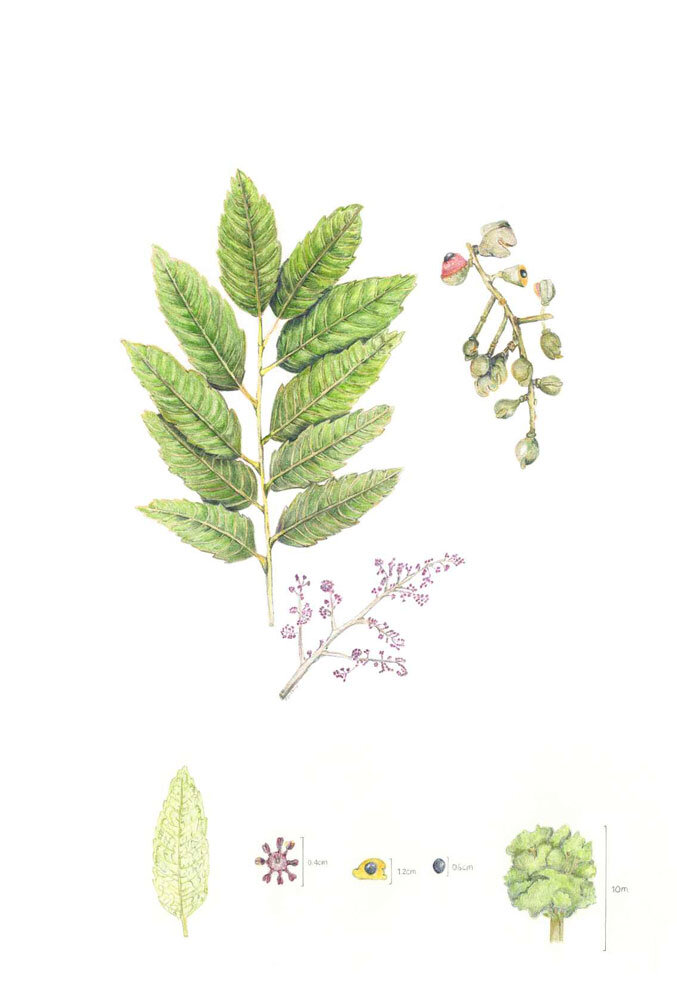
Jacquie-Carran---Alectryon-excelsus
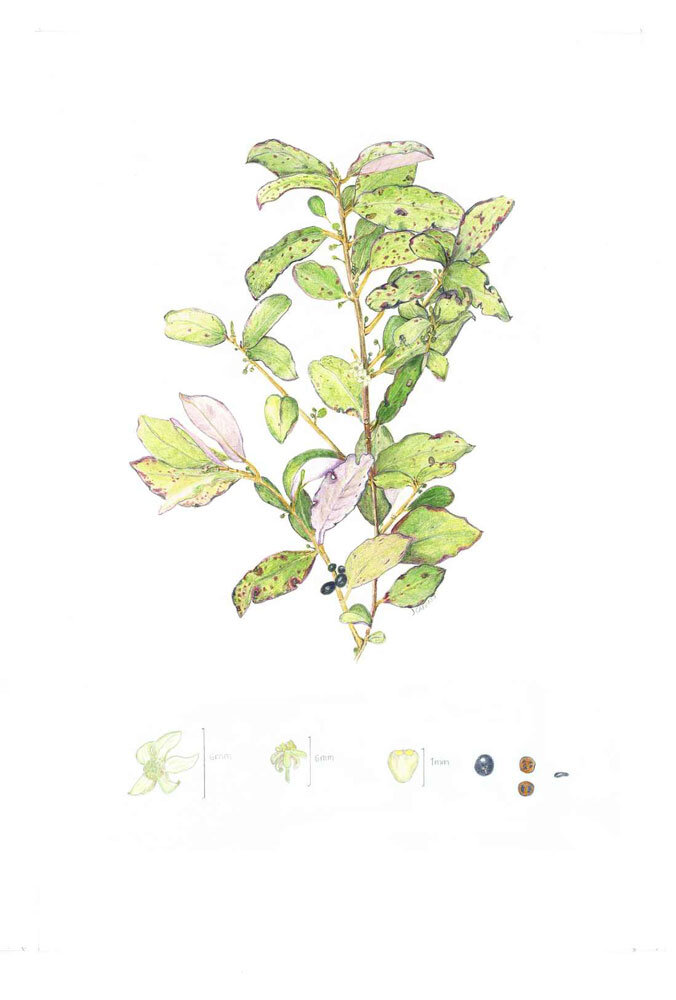
Jacquie-Carran---Pseudowintera-colorata

Lorraine-Thompson---Carpodetus-serratus
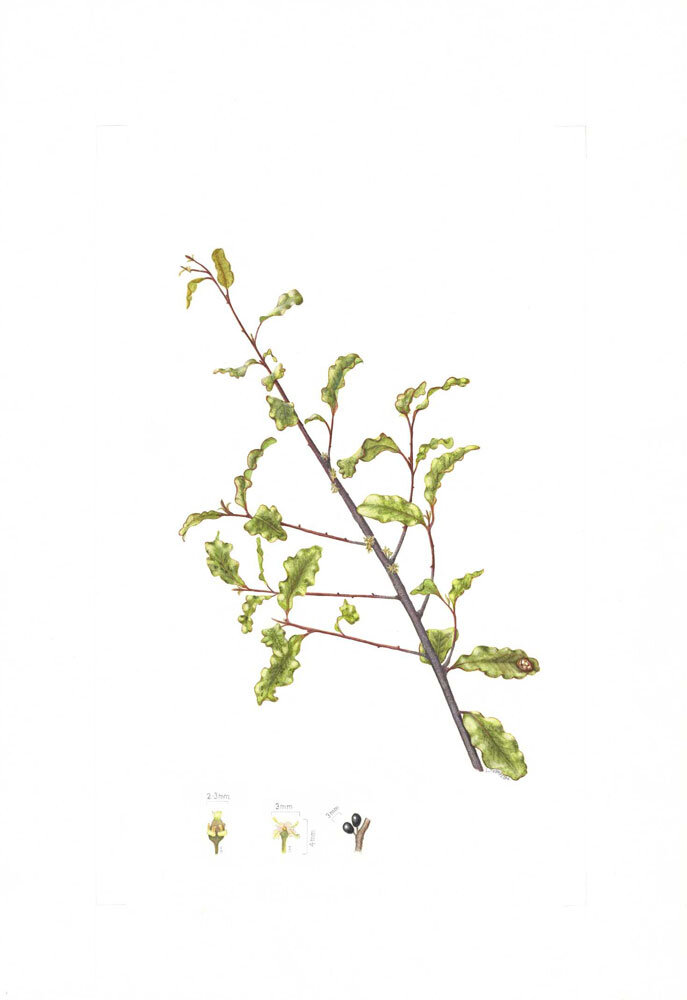
Lorraine-Thompson---Myrsine-australis
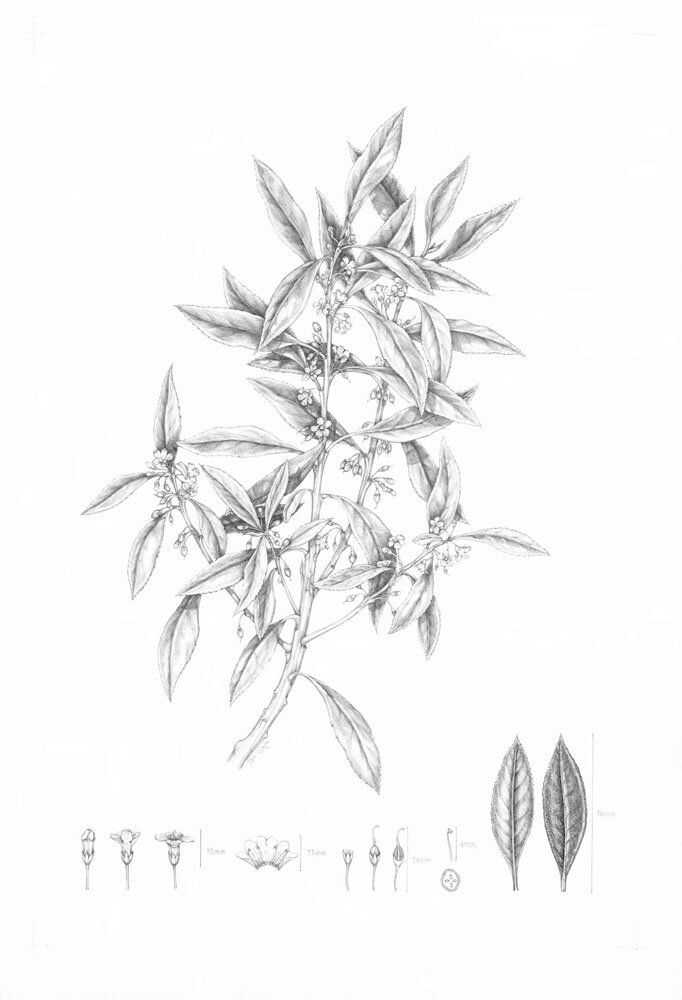
Jo-Ogier---Myopotum-laetum
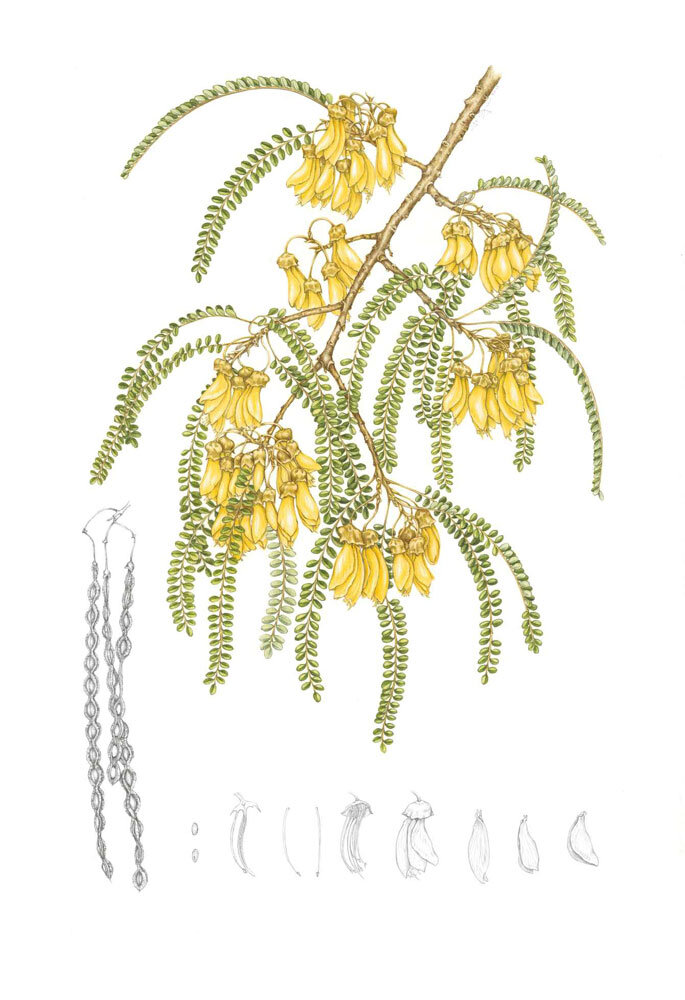
Jo-Ogier---Sophora-microphylla
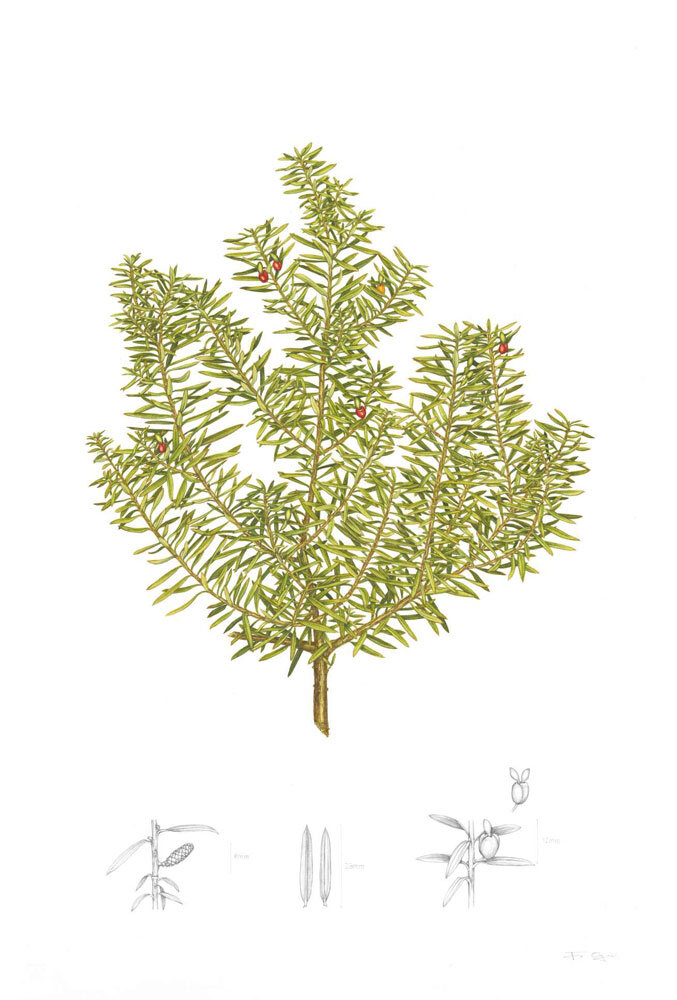
Jo-Ogier---Podocarpus-totara
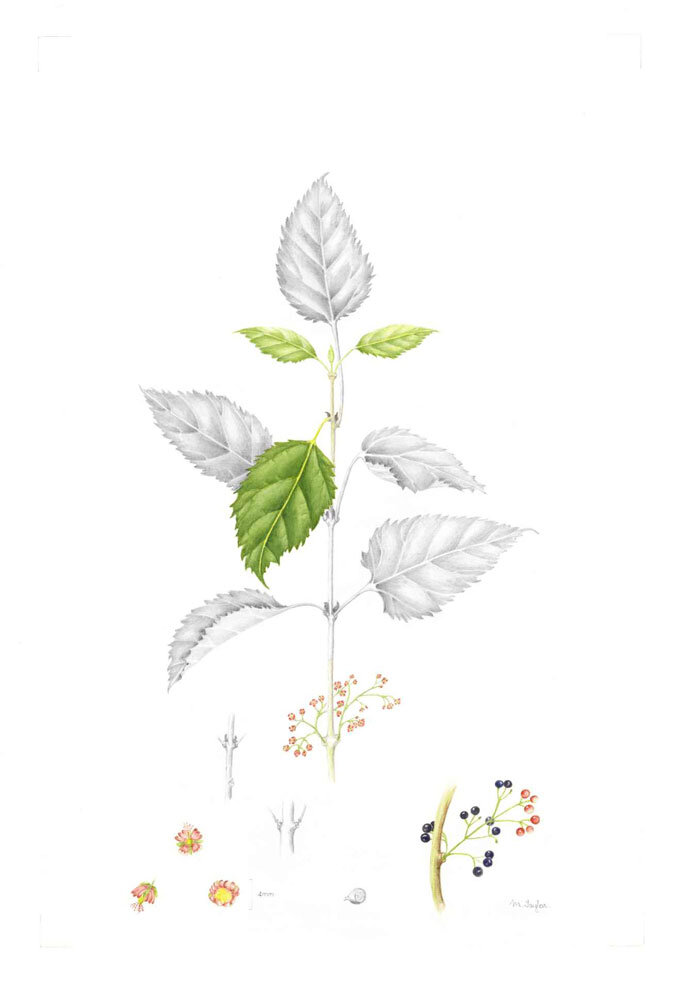
Margaret-Taylor---Aristotelia-serrata
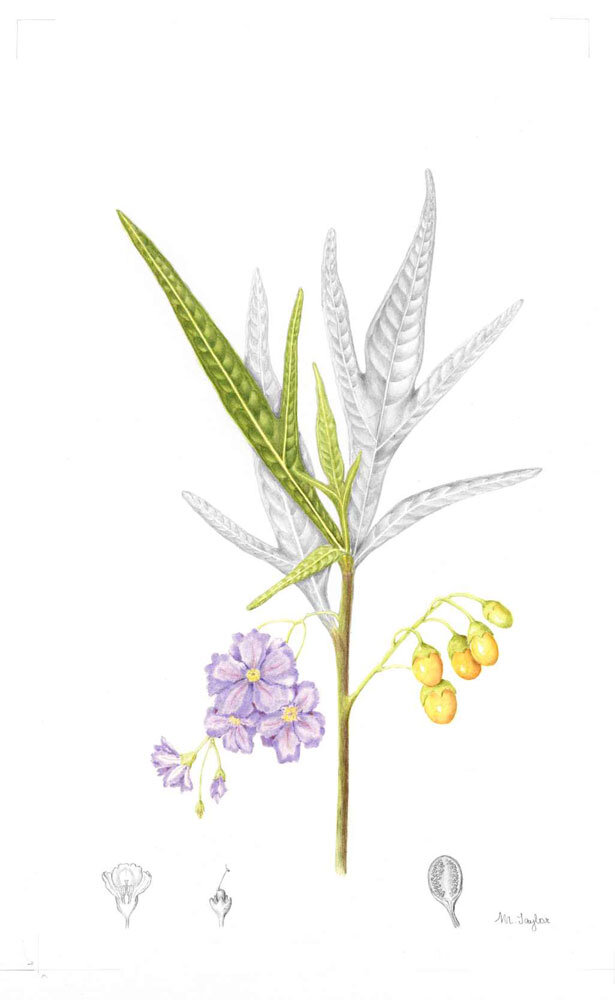
Margaret-Taylor---Solanum-laciniatum

Rebecca-Brown--Thompson---Passiflora-tetrandra
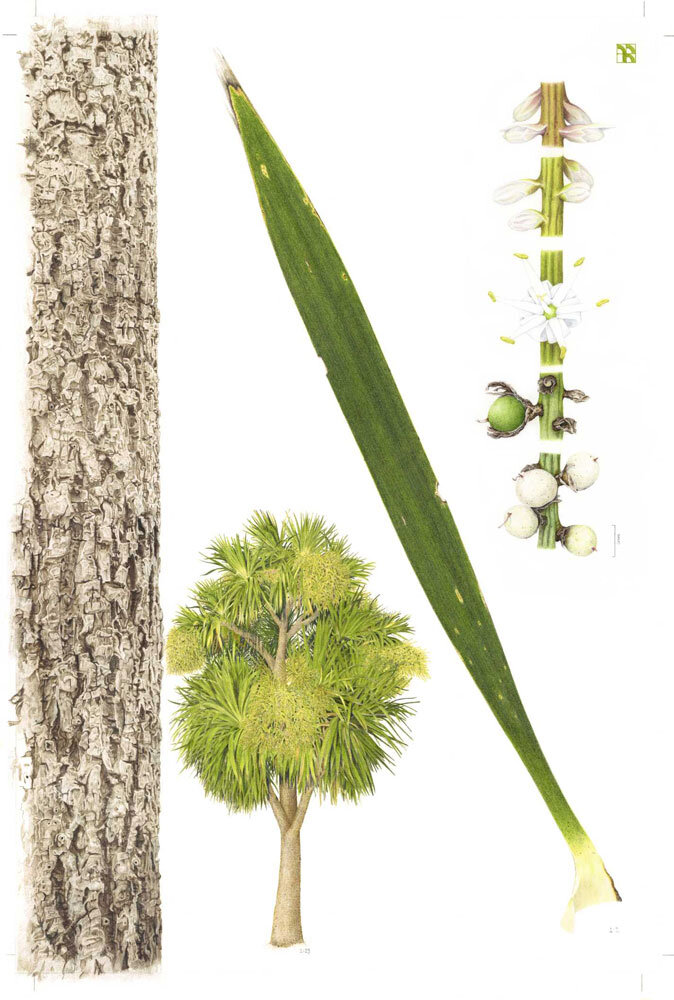
Terri-Reddish---Cordyline-australis
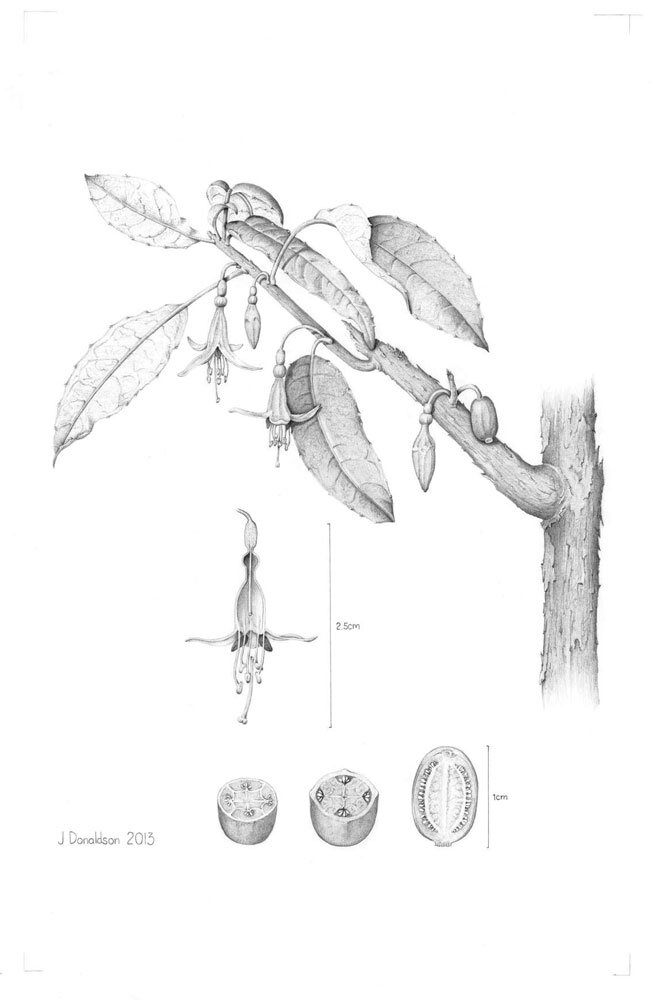
Johanne-Donaldson---Fuchsia-excorticata
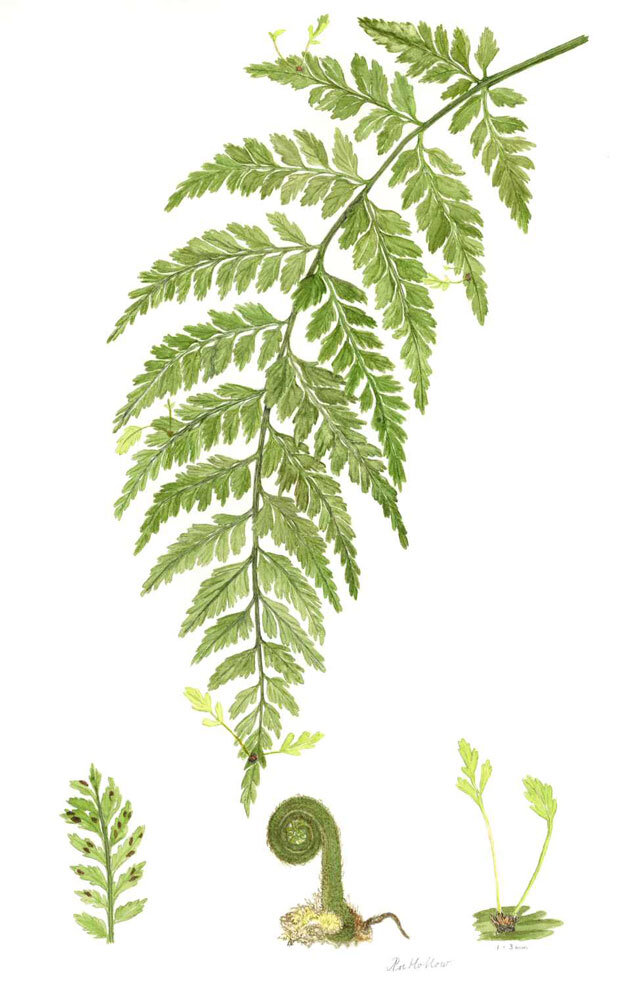
Pam-Hollow---Asplenium-bulbiferum
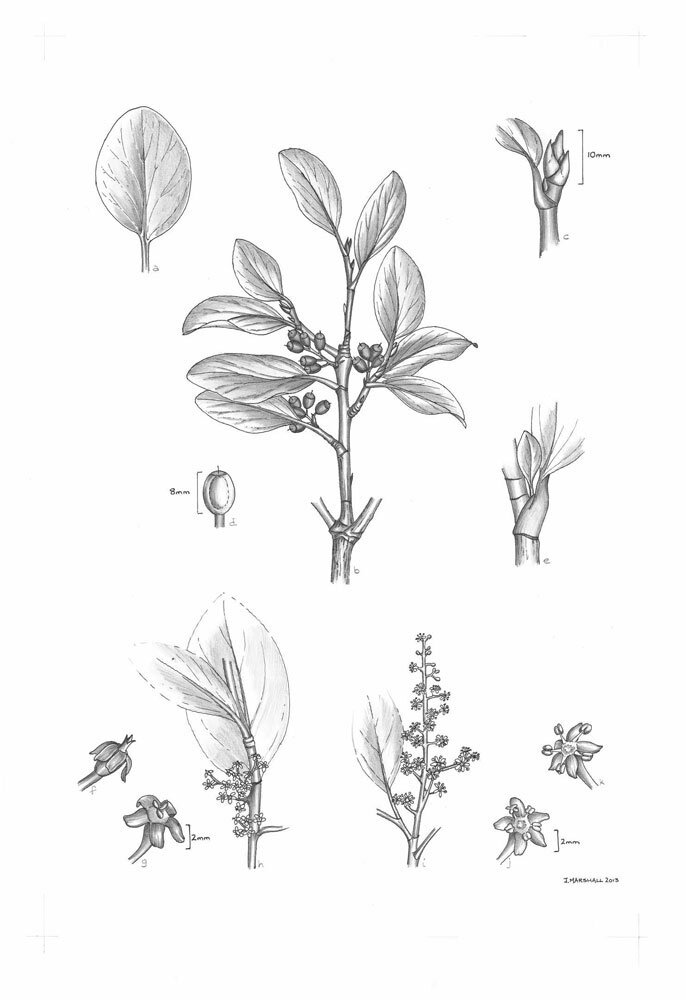
Janet-Marshall---Griselinia-littoralis
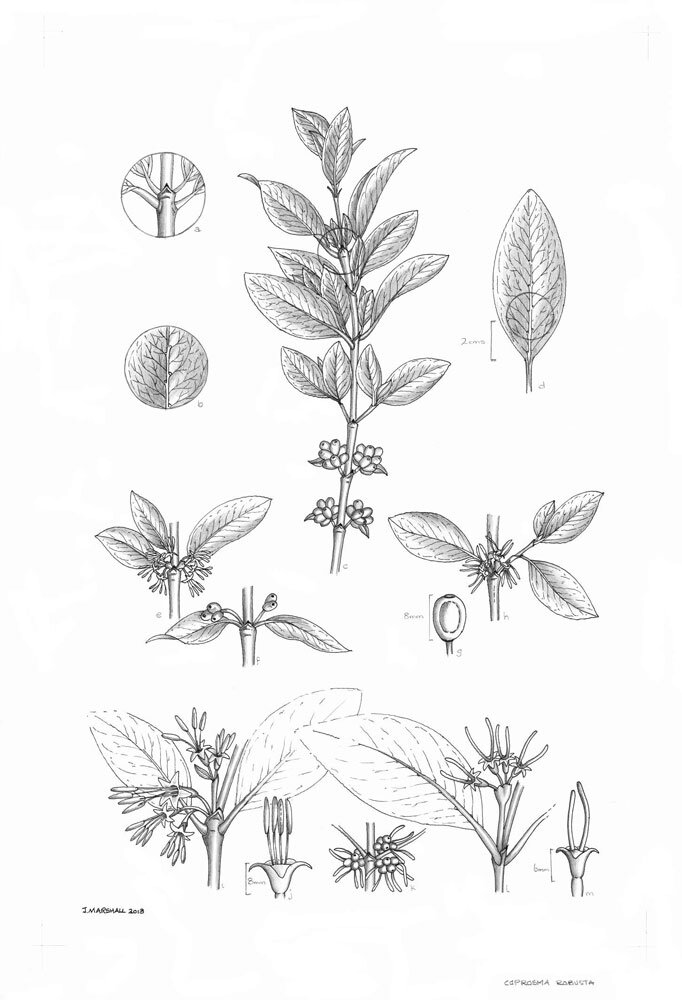
Janet-Marshall---Karamu
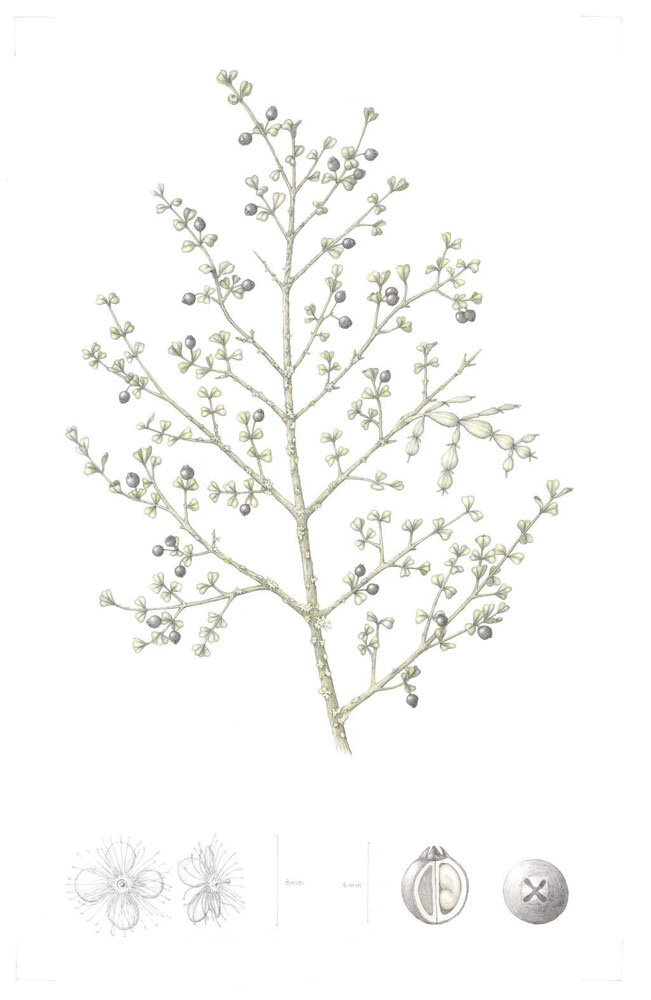
Luke-Martin---Lophomyrtus-obcordata

Luke-Martin---Lophomyrtus-obcordata
An Exhibition
The Florilegium opened at the -
Millennium Art Gallery, Blenheim 25 Oct - 30 Nov 2014
then travelled to -
Aigentighe Art Gallery Timaru 12 Jan - 15 Feb 2015
Forrester Gallery, Oamaru 17 Oct - 6 Dec 2015
Eastern Southland Gallery, Gore 19 June - 26 July 2015
The Canterbury Plains Florilegium
The word ‘florilegium’ (plural: florilegia) is a modern Latin word derived from the Greek ‘anthologia’, meaning a collection of selected literary passages.
Man has been creating florilegia since developing the practice of depicting plants for over 2000 years. Several authors and illustrators have used ‘florilegium’ in the titles of their work, notably Johann Theodor de Bry (1561-1623) in his Florilegium novum, 1611 and Emanuel Sweert’s (1552-1612) Florilegium, 1612, which is also probably the first nursery catalogue to have ever been produced. This served to establish its modern use.
The great flow of new plants into Europe from voyages of exploration and discovery stimulated the demand for recording and lead to the development of florilegia as a standard in plant identification During the twentieth century, florilegium societies were formed to record the collections in great gardens or to focus on plants under threat.
In contemporary usage, a florilegium is a collection of scaled, measured and botanically correct paintings and drawings of plants, often from a specific location.
‘The Canterbury Plains Florilegium’ has grown over three years from its inception in August 2010 when research and initial drawings commenced, to completion in September 2013.
This Florilegium is intended to serve as an historical record of a selection of indigenous plants found in Riccarton Bush and the Canterbury Plains. Riccarton Bush ‘Putaringamotu’ is of national significance being the sole remnant of Kahikatea flood plain forest in Canterbury.
The Society Botanist worked with the artists to ensure a scientific portrayal and true representation of each plant in detail, form, growth habits and true to species. Botanical art can now convey a wider meaning than was intentional before the twentieth century and can help us to focus on the beauty, yet fragility of our environment.
The spirit in which ‘The Canterbury Plains Florilegium, was compiled as a celebratory contribution to the 150th Birthday of the Christchurch Botanic Gardens demonstrates the dedication, passion and determination of the members of the Botanical Art Society of New Zealand Inc.
Helen Nutt
President (2004-2014)
The Botanical Art Society of New Zealand Inc
Riccarton Bush is one of the best documented natural areas in New Zealand. The first plant list was compiled by John Armstrong and published in 1870. Over the years many studies of both flora and fauna have been undertaken by scientists and students, the best available published work being the book ‘Riccarton Bush - Putaringamotu’ edited by Dr Brian Molloy.
Similar forests to Riccarton Bush have, between successive ice ages, occupied the floodplains of the large Canterbury rivers for hundreds of thousands of years. By 1840, human occupation had reduced these forests to just a few tiny remnants. The Riccarton Bush is the only remnant to survive to the present day.
In the 1840’s the transition from Maori occupation to European tenure had further adverse effects with the introduction of the sock (cattle and sheep) to the area. When the Bush was gifted to the people of Canterbury in 1914, little was left of the forest undergrowth.
Under the management of the Riccarton Bush Trust, formed in 1914, the Bush has made a remarkable recovery. Although the planting of relevant natives has been done over many decades, the main thrust of recovery has come from the forest itself. The seed source of almost all the original species remained and their dispersal onto the forest floor started a natural regeneration that continues today.
Just a few species that were originally recorded have disappeared. Efforts are underway to reintroduce them back into the Bush. Although we cannot say ‘the forest is as it was before human intervention’, it is certainly well on its way and continues to improve. Visitors to the Bush are able to get a glimpse of the past and experience the original Canterbury Plains forests.
The continued recording of the plant material within the Bush is most important for future management. The ‘Canterbury Plains Florilegium’ prepared by The Botanical Art Society of NZ Inc., will be part of records that go back more than one hundred and fifty years
John Moore
Ranger
Riccarton Bush Trust
